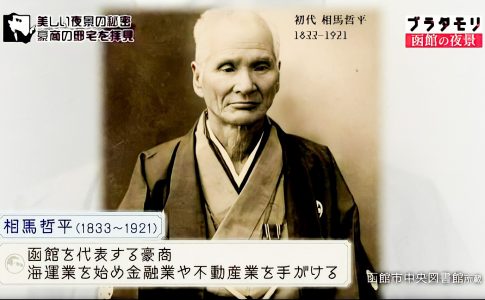In a groundbreaking move that has resonated deeply within Japan and beyond, Japan Airlines (JAL) announced the appointment of Mitsuko Tottori, a 59-year-old executive vice president and former cabin attendant, as its new president, effective April 1. This historic decision marks the first time a major airline has named a woman with a cabin crew background to its top post, drawing widespread acclaim and aligning with Prime Minister Fumio Kishida’s administration’s push for women’s empowerment. Media outlets have unanimously heralded the emergence of a female president as a positive step forward.
However, the road ahead for Tottori-led JAL is fraught with challenges. While tourism demand is gradually returning to pre-pandemic levels, the recovery of business travel remains sluggish. The Japanese aviation sector is closely tied to governmental policies, and with the looming reallocation of lucrative Haneda Airport slots, JAL’s strategic placement of a cabin attendant-turned-president carries significant implications.
In the wake of the January 1st Noto Peninsula earthquake and a subsequent tragic accident involving a collision between a Coast Guard aircraft and a JAL plane at Haneda Airport, resulting in the loss of five Coast Guard crew members, the aviation industry was in dire need of uplifting news. Tottori’s promotion came at a critical time, providing a glimmer of hope. Having joined Eastern Japan Airlines, now part of JAL, as a cabin attendant in 1985, Tottori’s ascent to the presidency is not just remarkable for her gender but also for her unique career path in an industry where leadership roles are traditionally dominated by men from operational or financial backgrounds.
While Tottori’s appointment has been celebrated as a “New Year’s miracle,” highlighting JAL’s commitment to safety and customer service, it also strategically positions the airline favorably in anticipation of the Haneda slot reallocation. This tactical move aims to garner favor with the Ministry of Land, Infrastructure, Transport, and Tourism (MLIT), demonstrating JAL’s alignment with government initiatives on gender equality and women’s leadership roles.
Amid these strategic shifts, JAL faces the challenge of navigating its relationship with MLIT, especially after recent controversies involving the airline’s involvement in airport facility management. The airline’s leadership change also reflects an attempt to transcend internal factions and focus on core values of safety and service, highlighting Tottori’s outsider status to political maneuvering. As JAL embarks on this new chapter, Tottori’s leadership will be crucial in steering the airline through turbulent skies, balancing operational excellence with the need to engage in political diplomacy.












Leave a Reply